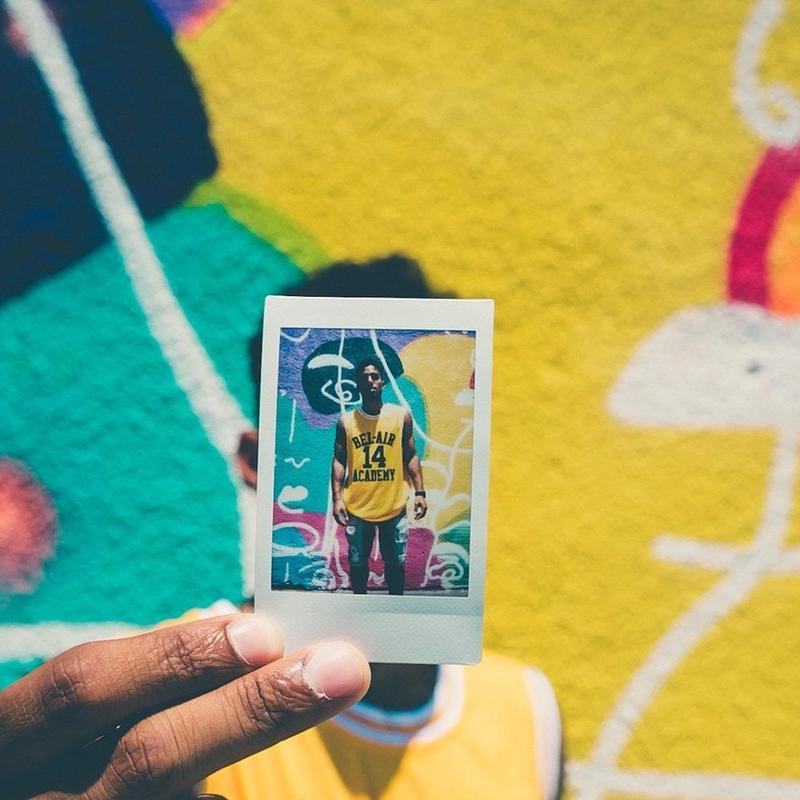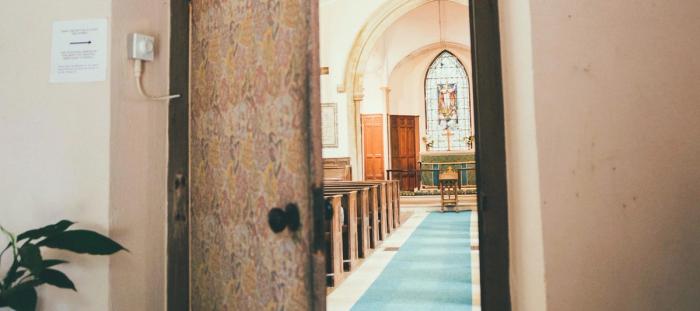Understanding the image of God is important for understanding humanity’s inherent dignity and worth. It’s often mentioned as the basis for civil rights and equality for all men and women. A common understanding of the image of God is that it primarily resides in humanity’s ability to think rationally. While this is true, it is too reductionist to say the image of God can be found in one human characteristic. To wrap our minds around the image of God, it is helpful to take a more holistic view.
In the Beginning
To understand the image of God, we need to look back to before the Fall when humans were first created. Genesis, the first book of the Bible, doesn’t specify which human characteristics are included in the image of God and which do not, so in order to put together a holistic picture, we must look at God, both what he reveals about himself and his creation. We see God works and rests (Gen. 1), God pronounces verdicts (Gen. 2:16-17), and God creates order (Gen. 5:8, 10). We see humans image God when they were given the same jobs: Adam and Eve ruled over creation (Gen. 1:28-31), worked (Gen. 2:15), and placed the creatures into order (Gen. 2:20).
The New Testament tells us Adam and Eve were created in knowledge, righteousness, and holiness after the image of God (Eph. 2:4; Col. 3:10). These three faculties enabled them to fulfill their purpose as God’s viceroys on earth, the pinnacle of his creation and unique from everything else God has made. They stewarded the world justly and uprightly after God’s own character, treating each other with love and respect, dwelling with God and obeying his commands. There was nothing inherently lacking or flawed in them, for they were holy.
This does not mean it is only the mind or the soul that bears the image; the body bears God’s image as well. Humans do not simply have the image of God; they are the image of God. Likewise, the image cannot be considered to be wholly in either man or woman, but rather both together bear God’s image. When God created them he did so as male and female:
So God created man in his own image,
in the image of God he created him;
male and female he created them. (Gen. 1:27)
Not only do male and female equally image God, but male and female from every nation bear his image. All mankind is descended from Adam and Eve, so the image of God is stamped upon every human being, bringing God glory both in their diversity of appearance and in their unity. John Calvin writes that as equal image-bearers, men and women of every race ought to “freely embrace the other as his own flesh” (John Calvin, Commentary upon the Book of Genesis, 97).
After the Fall
However, sin twisted the image, wholly corrupting it. When Satan seduced Eve, he did so by telling her she could become more like God, knowing good and evil (Gen. 3:4-5). In that moment Adam and Eve forgot that they already bore God’s image. In a cruel twist of irony, by disobeying God’s command, Adam and Eve didn’t become more like God they became less like him. The mind is now full of evil thoughts, the heart is full of idols, and the body is subject to corruption and death. However, they didn’t lose the image entirely, for God reminds Noah that a man’s life is valuable in the sight of God because even after the Fall man bears God’s image (Gen. 9:6; Jm. 3:9). Still, the corruption of sin has so taken away our righteousness and holiness, that God now says our good works are like filthy rags (Is. 64:6). To once again perfectly bear God’s image, we need something outside of us to restore it to us.
God’s Image Renewed
Jesus Christ came as the “image of the invisible God” (Col. 1:15) and tells his disciples “whoever has seen me has seen the Father” (Jn. 14:9). The good news is that Christ did what Adam and Eve failed to do, and bore our sin so we could gain his perfect righteousness and holiness (Is. 53:5-6, 11-12). Therefore, fallen image bearers who are united with Christ are renewed in the image of God and called image bearers of Christ (2 Cor. 3:18; Rom. 8:29). He untwists what was twisted and replaces what was corruptible with incorruptibility (1 Cor. 15:50-58). In Christ, we become sons and daughters of God, born in his image and after his likeness—not only in soul but in body as well, for if Christ continues in his body, we too will have a body like his one day. This is our comfort in the midst of our corruption: that Christ is renewing us every day.




